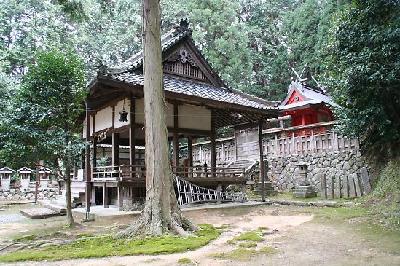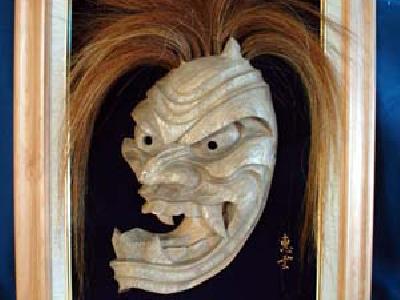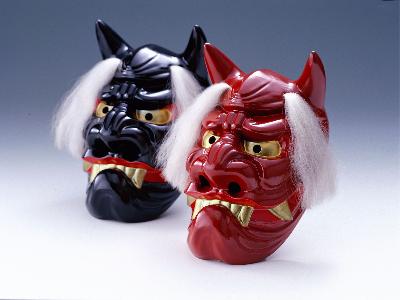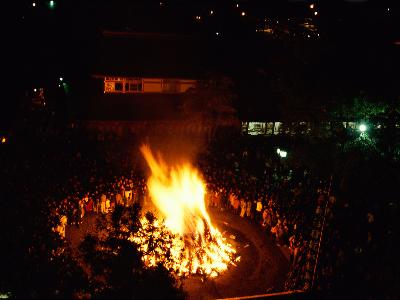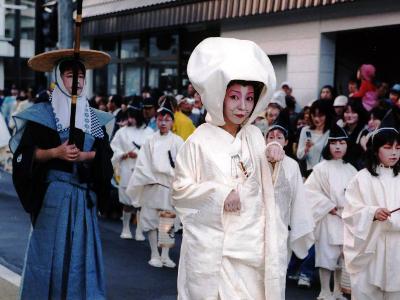|
The Katsuragi-mitoshi Shrine is located in Gose City, Nara, and it honors Mount Mitoshi, a beautiful mountain located right behind it. Its deity is known to govern harvests and guard rice grown in the alluvial fan at the foot of Mount Kongou.
The deity Mitoshi was said to have been first named at the Toshigoi Festival, which is held in the Imperial Court in February, to pray for rich harvests.
Katsuragi-mitoshi Shrine was one of the shrines where the Kamo family held religious rituals for generations. There are three such shrines in Gose: Takakamo Shrine, also known as Kamigamosha (Upper Kamo Shrine), Kamotsubajin Shrine, also known as Shimogamosha (Downtown Kamo Shrine) and Katsuragi-mitoshi Shrine, also called Nakagamosha (Middle Kamo Shrine), or Nakagamo-san - affectionately.
The current main building is painted vermillion and it was transferred from the Kasuga Taish Shrine.
During the first three days of the New Year, to invoke good health, visitors to the shrine receive mochi rice cakes called “otoshidama” which have been blessed by the deity Mitoshi.
The current New Year’s customs of presenting mochi rice cakes to a household shrine and giving “otoshidama” (now, with small amount of cash inside) to children are said to be based on rituals from the Katsuragi-mitoshi Shrine.
| [+ADDRESS] | 
|

